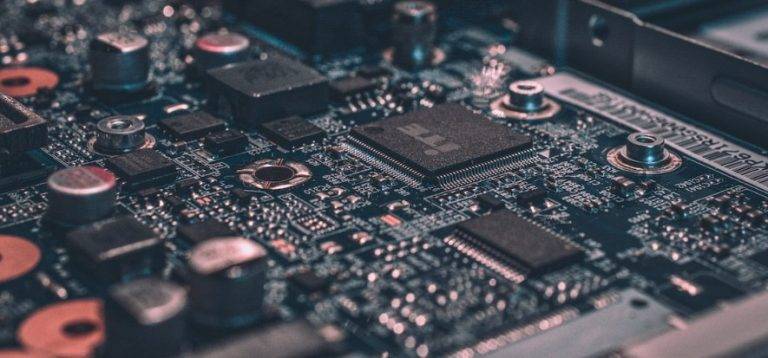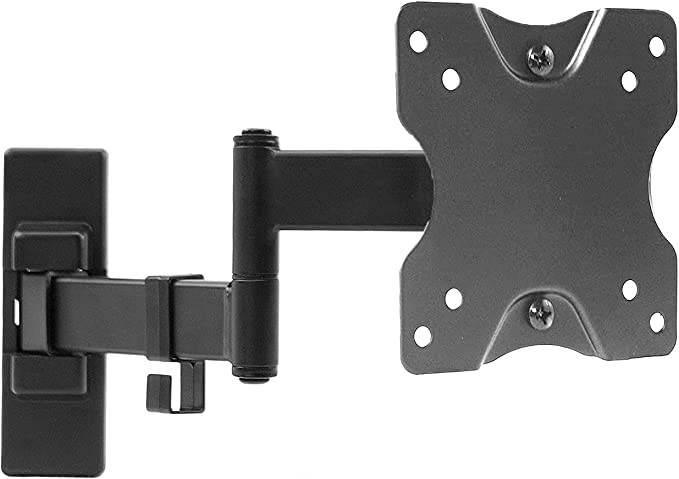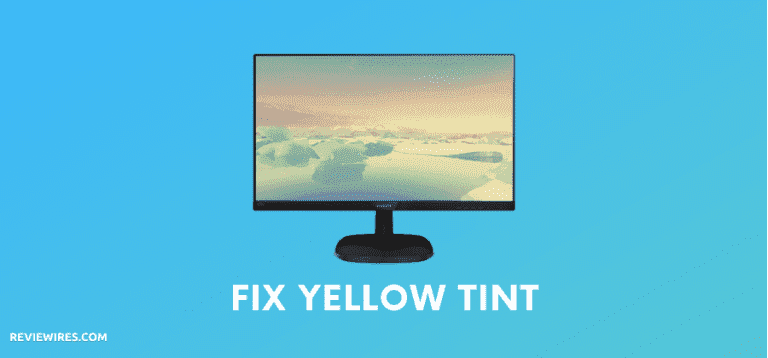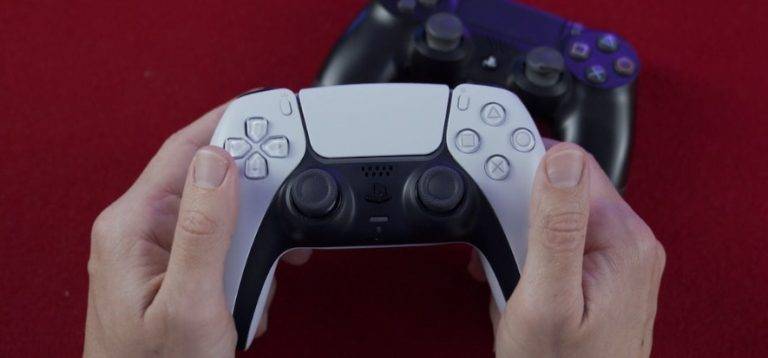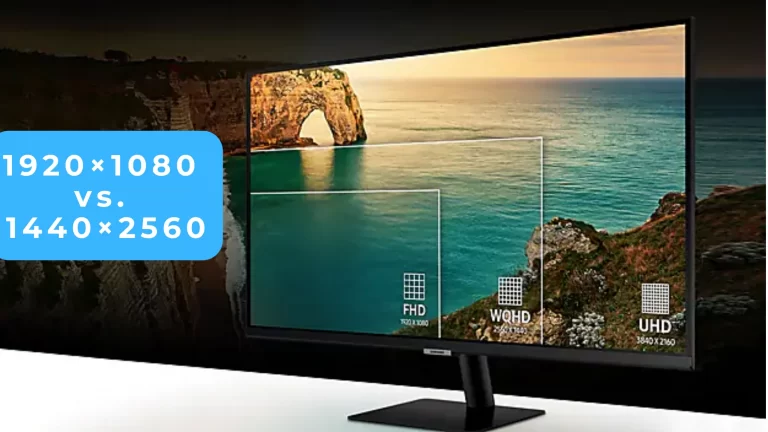Curved vs. Flat Monitor – How Do I Decide Which One is Best For Me?
When selecting a monitor, there are numerous aspects to consider, but one of the most significant is whether to choose a curved or flat screen monitor.
Because gazing at a screen for lengthy amounts of time can be damaging to one’s health, resulting in everything from neuromuscular diseases to eye strain and headaches, choosing the wrong screen can make life tough.
Although there is no right or wrong answer, we’ve outlined the differences between the two types of external monitors below so you can make the best option for your needs. However, let’s look at each of their benefits with different factors before deciding whether a curved display or a flat monitor is better.
If you are looking for a perfect monitor for your perfect needs click Best monitor for photo editing under 500.
Curved vs Flat monitor
To begin with, other than the curvature, most of the fundamentals are identical. VA and IPS panels are compatible with both flat and curved screens. However, AMD FreeSync, and NVIDIA G-Sync, refresh rates, response times, bit color depth, and the basic technology foundations are all roughly the same. Adding further, it’s not like flat or curved monitors have an advantage in terms of refresh rate, response time, color, HDR, or anything else. Even resolutions are similar, however curved displays offer ultrawide screen ratios with resolutions like 3440 x 1440, as we’ll see later. If you’re worried that picking flat or curved would mean you’re losing out on anything important, then don’t be concerned.
Let’s find out which one is better:
- Reduce distortion: The physics of light projection determines the difference between curved and flat-screen distortion. Simply put, flat displays project images in a straight line at the viewers as well as past their sides. However, curved screens, on the other hand, use their curve to direct everything toward the viewer, reducing distortion.
- Comfortable: Curved-screen distortion is limited by the same principles that make its use more comfortable. In essence, the monitors’ curve helps our eyes to take in everything at once without straining. Moreover, overall, when deciding between curved and flat monitors, keep in mind that when watching the former, your eyes will be able to do their job more easily.
- Larger view: When comparing curved vs. flat displays, it’s usual for curved panels’ specifications to link greater immersion with a better field of view. Additionally, Because a curved screen distributes light from all directions towards the viewer’s eye, the idea is that you’ll be able to take in as much information as possible without straining your eyes. Further, as a result, curved monitors will appear larger than flat monitors since your eyes can easily cover a greater field of view.
- Experience: A larger field of view has the added benefit of increasing your perceived level of immersion.
- Wall-mounted: Curved displays require special mounts and positioning to be mounted, as opposed to flat screens, which are normally flush with the neighboring wall.
- Viewing angle: A curved screen will, unfortunately, be prone to glare when viewed at certain angles due to the geometry involved in its curvature. However, when compared to a flat screen, which projects light at a single uniform angle, curved screens will project light in an infinite number of directions.
You can also check out: IPS VS LED.
Frequently Asked Questions
What does a curved monitor help?
Because the curvature of a curved display literally resembles the shape of human eyes, when you gaze at the screen from a short distance, your eyes feel more comfortable. Moreover, the distance between your eyes and the screen remains constant due to the curved nature of the screen.
Are Curved monitors better for eyes?
The greatest monitors for eye strain are ones that are easy on the eyes, thus switching to a curved monitor is a simple approach to counteract the negative effects of looking at your computer all day. However, curved monitors reduce eye fatigue by providing less distortion, a larger field of view, and better viewing angles.
Can you put two curved monitors together?
If you have two curved displays, aligning them in a line is the ideal method to put them up. Although it will cover a wide range of topics by allowing you to see a variety of items in one location at any time.
Is it worth getting a curved screen monitor?
A curved monitor with an ultra-wide 21:9 display will deliver more immersive visuals and a broader field of view.
Are curved monitors expensive?
Curved displays are more expensive to manufacture than flat screens, and their retail prices are also higher.
Are flat-screen monitors good or bad?
To be clear,flat-screen monitors can still be prone to glare, but it’s far easier to position them in a location where this won’t be an issue.
CONCLUSION
To summarise, flat displays are not horrible, and if you have one or plan to acquire one, you will not be missing out on anything except the experience. However, curved monitors offer you the feeling of being within the monitor, whether you’re watching a movie or playing a video game.
Additionally, unlike the flat monitors we’re used to, curved monitors are unusual. Curved monitors are healthy for your eyes and allow you to play for longer periods without causing discomfort. However, curved monitors provide a unique experience that a flat monitor cannot provide.


